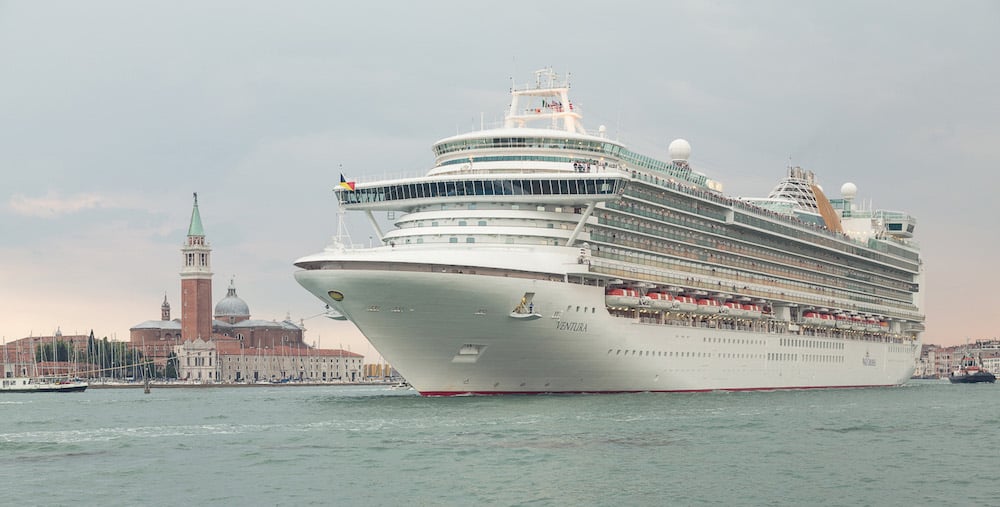The Story Behind Olivia Rodrigo’s Pink Power Suit
We spoke to the pop star’s stylists about the vintage Chanel she wore to meet the Bidens at the White House.

The comparisons began as soon as the click of cameras met the clack of Olivia Rodrigo’s white platform heels outside the White House on Wednesday.
Wearing a 1995 pink Chanel skirt suit on her pro-vaccination mission, was Ms. Rodrigo channeling the law-school Barbie aesthetic of Elle Woods in “Legally Blonde”? Was she referencing the plaid sets of Cher Horowitz in “Clueless”? Was her choice inspired by the famously fashionable first lady Jackie Kennedy Onassis? (A somewhat disturbing proposal, given the occasion most associated with that particular pink Chanel suit.)
“All those references were in the back of our heads,” said Chenelle Delgadillo, who works as Ms. Rodrigo’s stylist along with her sister Chloe. But the stylists were wary of being too obvious with any one reference — and of making a statement that would detract from the White House’s vaccine campaign.
“Politics are always touchy,” Ms. Delgadillo said. “We didn’t want her to be in red or blue. I didn’t want the internet to read into the outfit more than it needed to be, which a lot of times happens.”
For her public appearances, Ms. Rodrigo, the 18-year-old pop star behind the hit single “Drivers License” (and now the No. 1 album in U.S.), almost exclusively wears fashion from or inspired by the 1990s and 2000s. It’s part of what makes her the perfect middle-parted avatar for her generation.
Thrifting has become a defining shopping habit of Generation Z, whose members make up more than 40 percent of the $28 billion global secondhand fashion market, according to an annual report from ThredUp, an online consignment company. On the resale platform Depop, 90 percent of active users are younger than 26. For the environmentally minded Gen Zer, resale has come to represent a sustainable and ethical alternative to fast fashion.
Ms. Rodrigo, who buys and sells her clothes on Depop, “doesn’t care about the brand necessarily,” Ms. Delgadillo said. “She never asks: ‘Who is this?’ She asks: ‘Is this vintage or is this secondhand?’”
Before her visit to the White House, Ms. Rodrigo spent her post-album release appearances wearing ’90s pink leather pants by Versace and printed jeans by Jean Paul Gaultier. Earlier this summer, she paired a Vivienne Westwood plaid miniskirt with another Gen Z staple, the extreme, lingerie-inspired crop top.
Each of those vintage pieces came from the Los Angeles store Aralda Vintage, a favorite resource for celebrity stylists, including Ms. Rodrigo’s stylists. It’s where Ms. Rodrigo found her White House outfit, too — a pink tweed set with plaid stripes (slivers of red, yellow, turquoise and black) which crisscrossed at her waist to create a corset effect.
She also wore white patent platform heels by Giuseppe Zanotti that were nearly six inches tall (previously seen on the likes of Dua Lipa and Ariana Grande); black socks were added to make the outfit look less sexy and more youthful and unexpected. The heels were later swapped for black Chanel loafers inside the White House — a comfort-based decision, her stylists said.
If the logo-engraved buttons and tweed wool of her suit — a bit warm for D.C.’s 90-degree heat — did not make the outfit’s provenance clear enough, Ms. Rodrigo also wore a thin silver belt with dangling charms spelling out Chanel.

When Karl Lagerfeld put the suit in his Spring 1995 runway show, he made a similar version in purple and pale blue. The New York Times, nearly 27 years ago, described the suits in this collection as “seductive,” designed as if to say that “for women, sex is power, and flaunting femininity, not repressing it, is what makes women triumphant over men.”
When Ms. Rodrigo’s stylists reached out to Aralda Vintage in search of Chanel suits specifically, it felt like “kismet,” said Brynn Jones, the store’s owner. She has several in her inventory, but she thought immediately of the pink and purple suits she had acquired from spring 1995.
“I find myself flooded with nostalgia with this specific collection — 1995 was the year that the movie ‘Clueless’ came out, and you can see so much of that era in this collection,” Ms. Jones said. “I was 10 years old when I watched ‘Clueless’ for the first time, and as cheesy as it sounds, that movie was so impressionable. I think I never looked at clothing the same again. Every time I’m able to find a special ’90s Chanel piece, it’s a small victory for both the tween in me and the 35-year-old me.”
Ms. Jones’s inventory skews eclectic and youthful, she said, and she described Ms. Rodrigo as a “dream client” beyond just her personal style — as someone with “awareness about what is going on with the environment and how destructive fast fashion is.”
“Olivia has worked with a few stylists, and across the board, they all say that she only ever wants vintage,” Ms. Jones said. “This newer generation, it’s all they want.”




